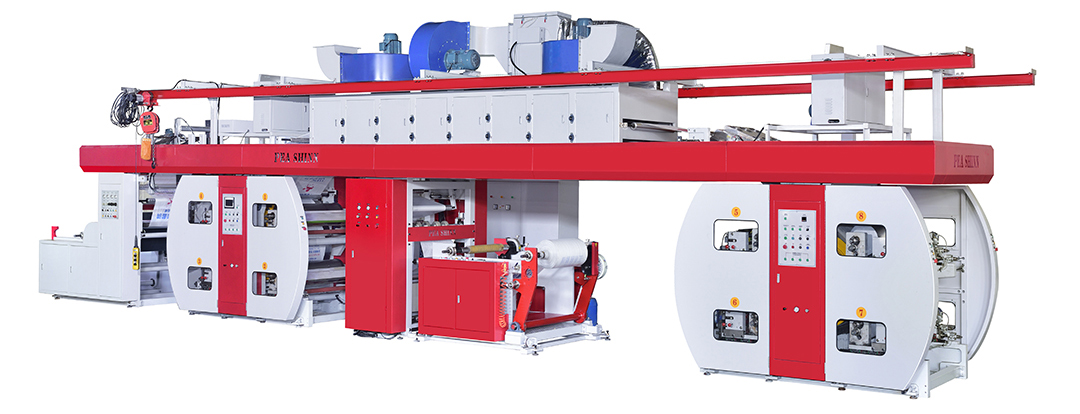1. What Is A Printing Machine
The printer is a machine that prints text and images. Modern printing presses generally consist of plate loading, inking, embossing, paper feeding (including folding) and other mechanisms. Its working principle is: first make the text and image to be printed into a printing plate, install it on the printing machine, and then apply the ink to the place where the text and image are on the printing plate manually or by the printing machine, and then directly or indirectly transfer it. Print on paper or other substrates (such as textiles, metal plates, plastics, leather, wood, glass, and ceramics) to replicate the same printed matter as the printing plate. The invention and development of the printing press play an important role in the spread of human civilization and culture.
2. Printing Machine Process
(1) The work cycle program of the flat screen flat screen printing machine. Take the flat screen platform type monochrome semi-automatic hand-surface screen printing machine as an example. One of its working cycles is: feeding parts → positioning → setting down → lowering to the ink plate, raising back to the ink plate → squeegee stroke → raising to the ink Plate → Lower the ink return plate → Lift the plate → Ink return stroke → Release positioning → Receive.
In the continuous cycle action, as long as the function can be realized, the time occupied by each action should be as short as possible to shorten the cycle of each work cycle and improve work efficiency.
(2) Embossing line. In the printing process, the ink and the screen printing plate are squeezed to the ink plate, so that the screen printing plate and the substrate form a contact line, which is called the impression line. This line is at the edge of the squeegee, and countless embossing lines form the printing surface. Realizing the ideal impression line is very difficult, because the printing stroke is a dynamic process.

Post time: May-20-2023





